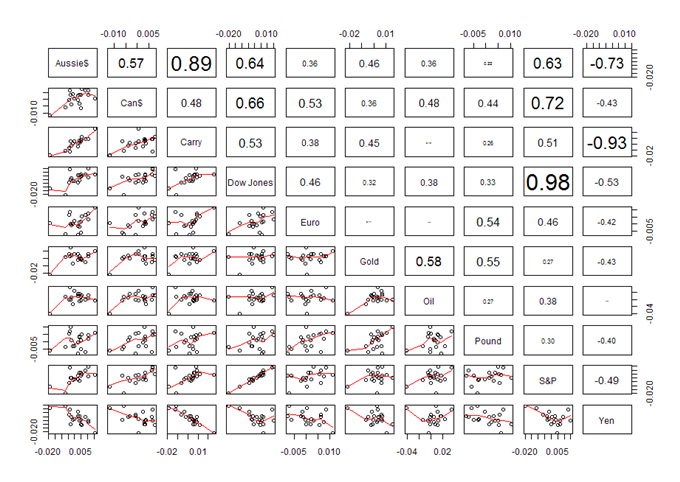Understanding the Dow
Post on: 16 Март, 2015 No Comment

By Bill G. Page
Contributing Writer
CBN.com – Newsman Charles H. Dow, the founder of Dow Jones & Co, created the world-famous Dow in 1884. Charles Dow originally compiled a list of 11 stocks and published the average in a financial bulletin he established with his partner, Eddie Jones. In 1896, the Dow Jones Industrial Average (Dow or DJIA) index was comprised of 12 stocks: American Cotton Oil, American Sugar, American Tobacco, American Sugar, Chicago Gas, Distilling & Cattle Feeding, Laclede Gas, U.S. Leather, U.S. Rubber, National Lead, Tennessee Coal & Iron, and General Electric. Most of the companies merged with other companies or went completely out of business.
Note that General Electric is the only remaining company that is part of todays Dowproof that at some point in time, you may need to sell shares of your stock or face losses. The stock market is in a constant state of change; there are no investments that you can purchase and then forget. Since 1928, the Dow has been comprised of 30 blue-chip companies.
The original Dow average was calculated by totaling the prices of the component stocks and then dividing by 30. Later, the Dow divided the sum of the component stocks by a divisor. The divisor is used to account for stock splits, stock dividends, changes to the companies that make up the Dow average, spin-offs of companies, mergers of companies, and so on. The divisor frequently changes to maintain the historical continuity of the average.
Proponents of the Dow say the component stocks are chosen as being representative of the broad market and American industry, are widely held by investors, and are major factors in their industries. Some critics of the Dow argue that the index is not representative enough of the market in total (component stocks can represent less than 15% of the market value of stocks traded on the New York Stock Exchange), that there are not enough companies represented in the Dow, and that the companies represented in the Dow are the wrong ones. Still, the DJIA is the oldest and most frequently quoted market index in the country.
The Dow does not indicate activity on the American Stock Exchange or the NASDAQ over-the-counter market. The Dow can climb while other indexes fall.

Investing is indeed a journey. Think in terms of the destination, not the level of todays Dow or the value of your portfolio. The stock markets ups and downs are just interim stops during your journeys travels to your destination. Successful investing in equities is a result of time in, not timing of, the stock market.
Of course, for the Christian, the ultimate destination is life eternal with God. If, then, you have not proved trustworthy with the wealth of this world, who will trust you with the wealth that is real? Luke 16:11.
I have a book that includes a CD-ROM called Making Money Work: A Christian Guide For Personal Finance (www.MakingMoneyWork.us ). It explains many personal finance concepts, such as when to buy stocks and when to sell stocks. The book comes with a CD-ROM that has calculators to help you analyze, plan, and achieve your financial goals.
This article is adapted from Making Money Work: A Christian Guide For Personal Finance with permission of Willie Glenn Page, Inc. 2005.














